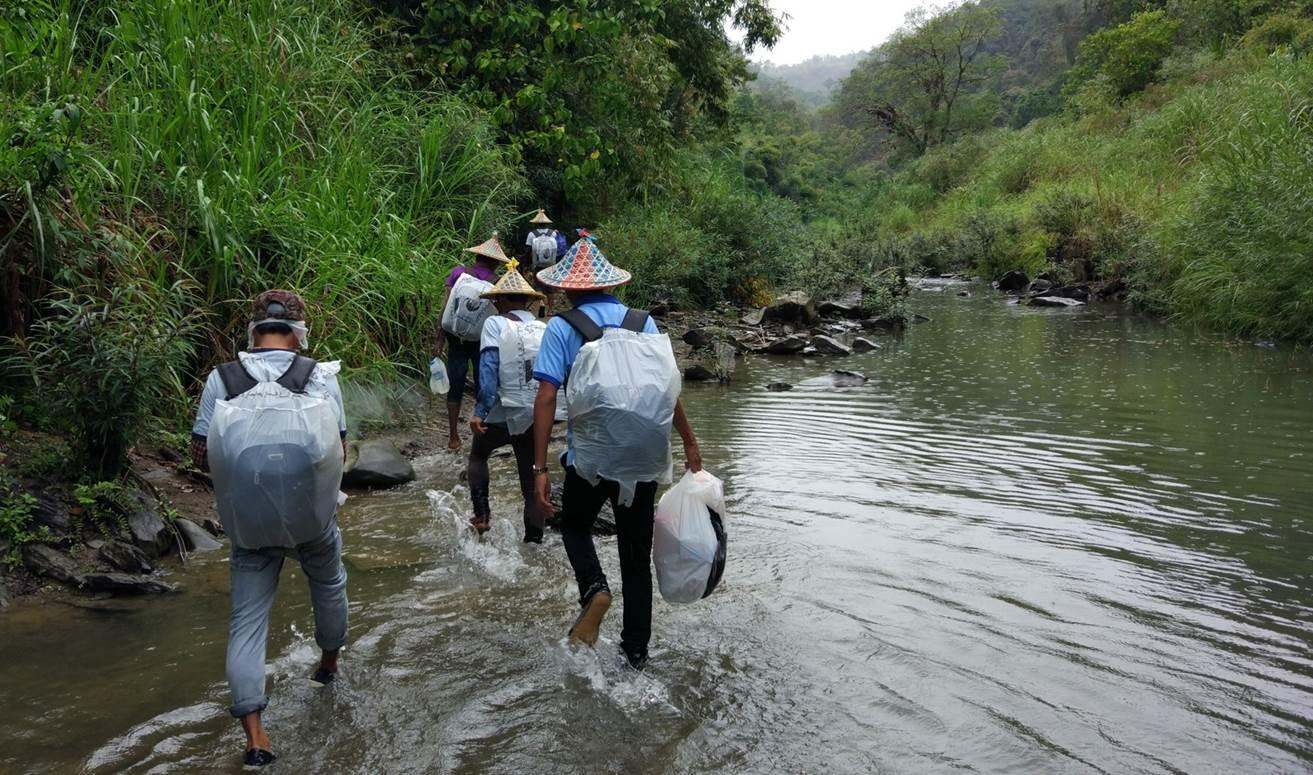Kwin Nya Htee, Kyaw Khwa, Htee Lo Nee and Sin Htoe Kwin. Most people have never heard of these remote villages in Myanmar’s Kayin State, and even fewer would be able to find the way there. The falciparum malaria parasite, however, favours remote and isolated areas where quality health care services are not accessible. To put a final stop to the malaria epidemic in the Greater Mekong Subregion, malaria cannot be left to torment people who live outside of the public health care services’ reach.
“The main challenge when working in remote villages in Myanmar is that they are so incredibly remote. It is difficult and costly to reach these communities”, says Chanida Indrasuta, Operation Coordinator for Medical Action Myanmar (MAM). The non-governmental organization she works for is managing a total of 1,699 village health workers (VHW) in the states bordering Thailand (Kayin, Kayah and Mon), as well as in Chin State, Sagaing Division and Kachin State. RAI2E is funding 449 of these VHWWs. MAM became a sub-recipient for RAI2E’s predecessor RAI since 2014 and is continuing its work against malaria under RAI2E.
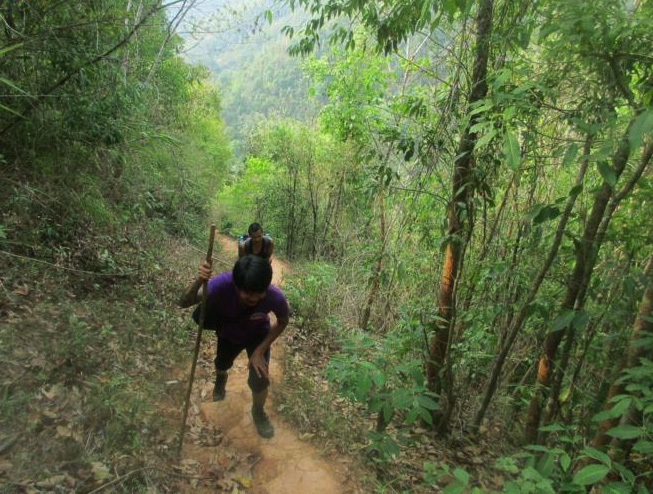
Malaria is among the deadliest diseases in human history. To eliminate malaria for good, every village – no matter how remote – must have access to prevention, diagnosis and treatment. MAM staff often face strenuous journeys to reach the most isolated villages.
MAM works with community leaders in Myanmar to identify people from the local community – women and men – to serve as VHWs. Once they have been selected, MAM sends in qualified personnel to train and equip the VHWs. To reach these isolated communities, MAM staff is not spoilt for choice. They travel by boat when the river is high or by motorbike if the village is connected with a mud road. When the water is low, they walk or swim. When there is no road, they walk, often with a machete in their hands to cut through the thick jungle that surrounds the most remote villages. MAM staff carry with them a precious load that can save lives and end malaria: malaria rapid diagnostic test kit, antimalarial drugs, medical supplies, mosquito nets and knowledge.
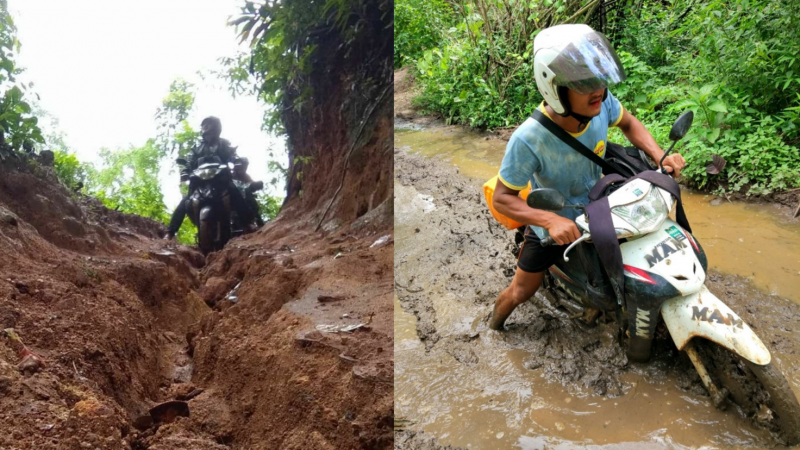
Myanmar is progressing towards elimination of malaria, but there is still work to be done. To reach some of the country’s most remote communities, MAM staff manoeuvre roads that are in extremely poor condition.
As soon as MAM staff has carried out the necessary training, VHWs get down to work. When a villager shows symptoms of malaria, the VHWs perform a rapid diagnostic test – a simple but accurate test that gives the result in 15 minutes. If the test is positive, the VHW goes on to provide a very effective treatment for malaria and will follow up with the patient to make sure the complete treatment is taken. The success of the community-based malaria management has been rapid and massive, and malaria has almost been eliminated in the communities where this was implemented.
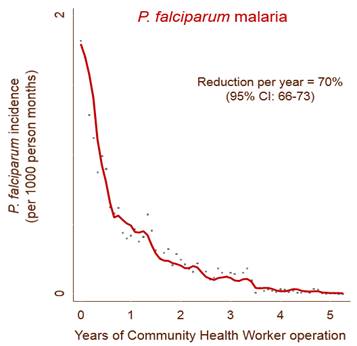
Villages experience a sharp drop in malaria caseas as soon as they get VMWs. After five years, malaria is close to eliminated.
“At first we trained the VHWs in diagnosing and treating malaria only. Later we expanded training to include treatment of the most common diseases and conditions, such as respiratory tract infections, tuberculosis and diarrhoea, so that people will not be turned away from the VHW without treatment if they test negative for malaria” says Chanida Indrasuta.
If the patient has severe, complicated malaria, or other severe illnesses that can lead to death or long-term disability (like meningitis and other severe bacterial infections, fractures and others) the VHWs can refer them to a hospital.
VHWs also educate villagers about malaria and on how to prevent the disease, so that changed behaviours – such as sleeping under LLINs – can help people prevent malaria.
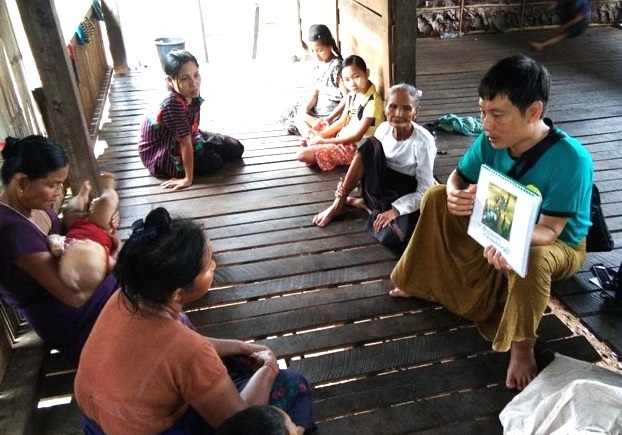
VHWs are distributing insecticide-treated bed nets (LLINs) that have been brought in by MAM staff. Sleeping under LLINs is one of the best strategies to avoid malaria.
Staff from MAM pays regular visits to train the VHW, check that everything is going smoothly and to bring medical supplies. At first they visit once a month, but when the VHW perform their tasks well, at a high standard, the visits become less frequent.
VHWs play a critical role in the efforts to eliminate malaria across the Greater Mekong Subregion. RAI2E is working with sub-recipients in Cambodia, Laos, Myanmar, Thailand and Viet Nam to make sure free malaria diagnosis and treatment is available far off the beaten track.
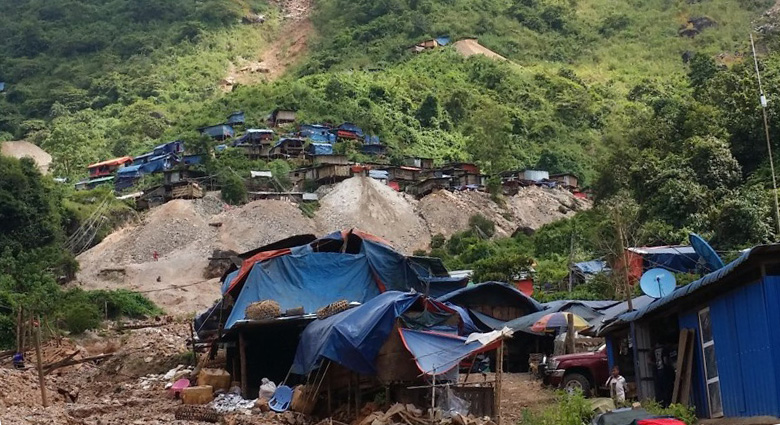
Migrant populations and itinerant workers, such as internally displaced people and miners, are particularly vulnerable to malaria. MAM links camps to the closest VHW, or send out mobile teams to provide on-site care. When possible, MAM also trains people living in camps to become VHW.
PHOTO: MAM


